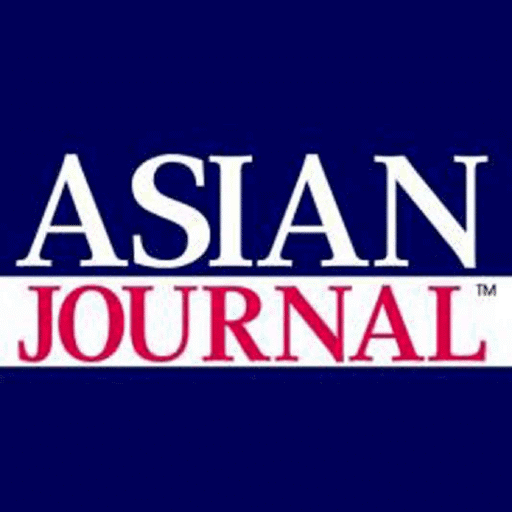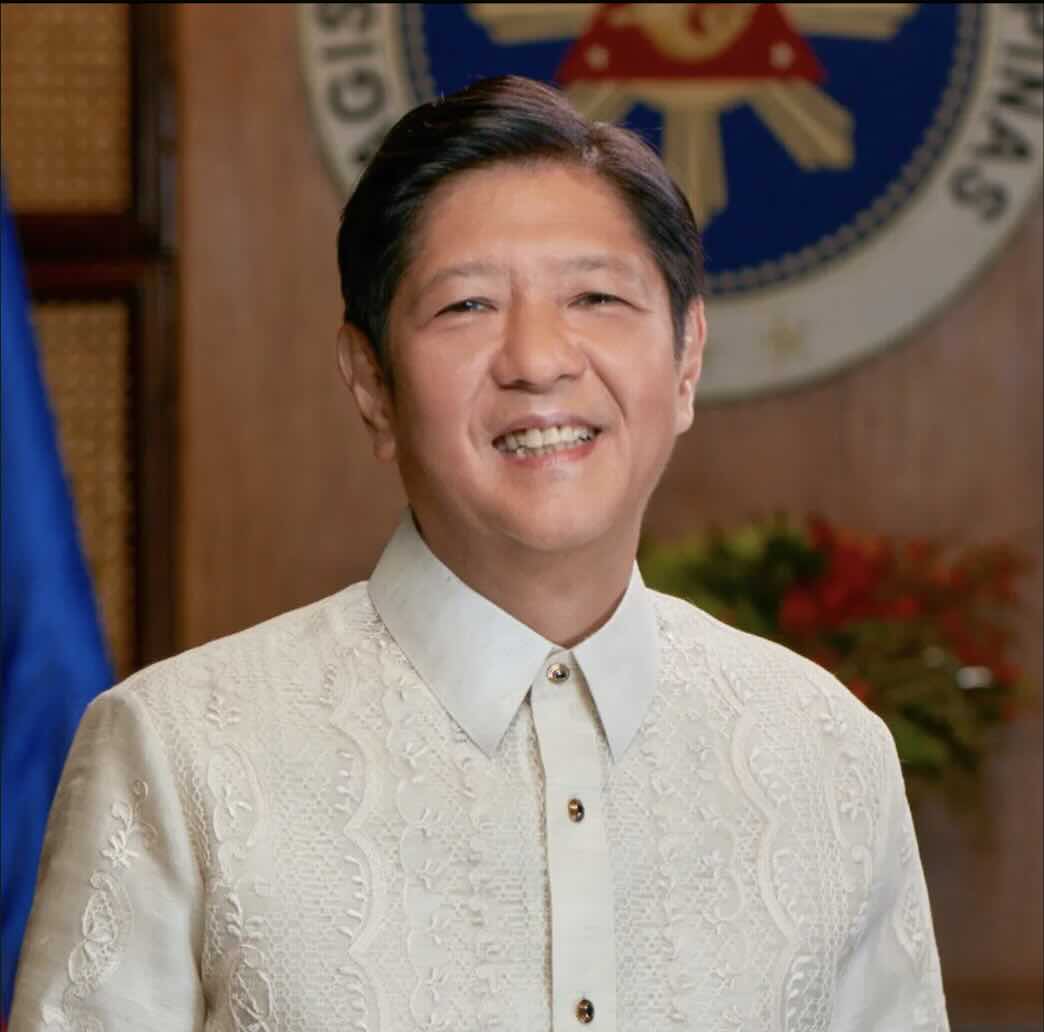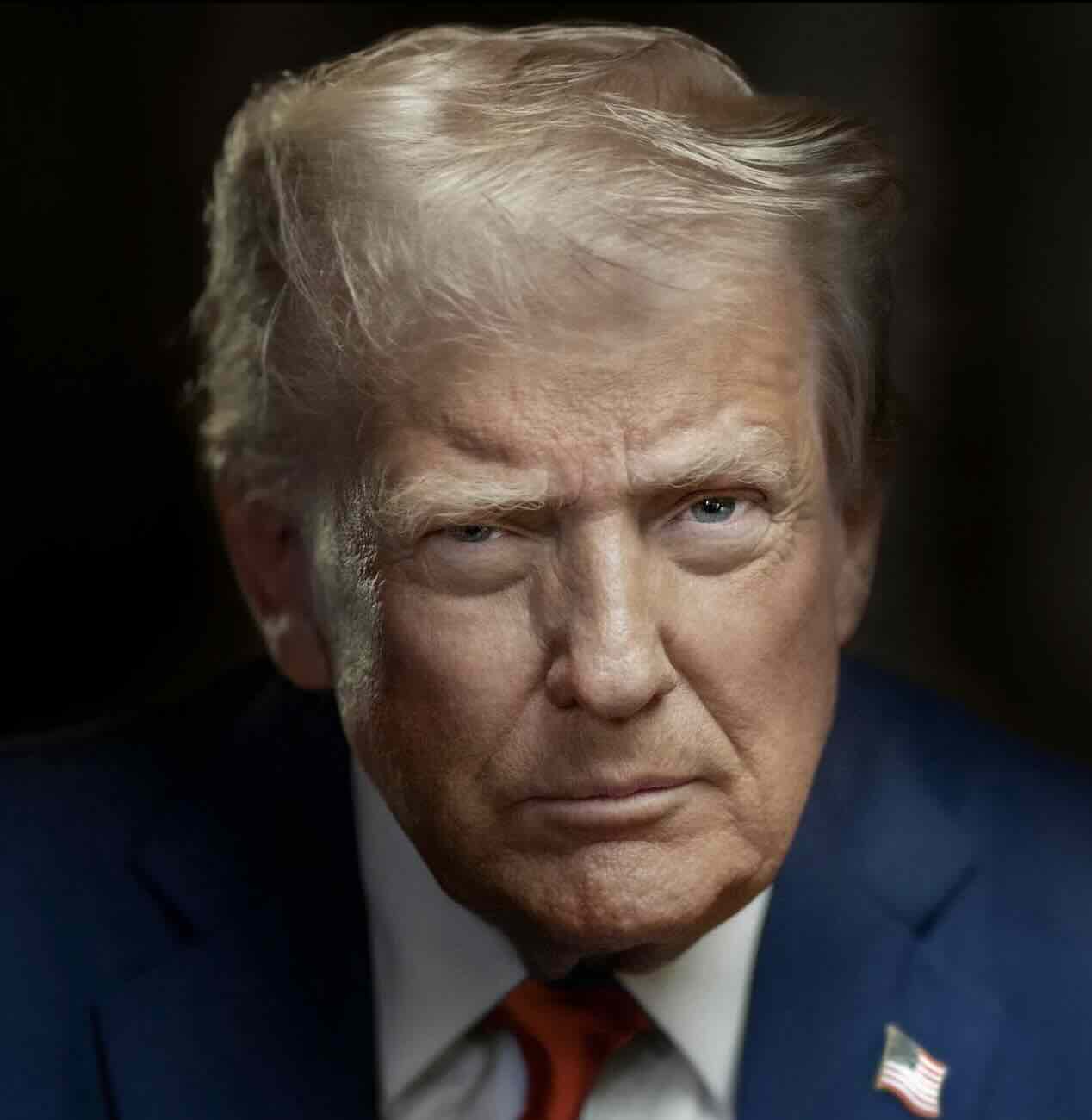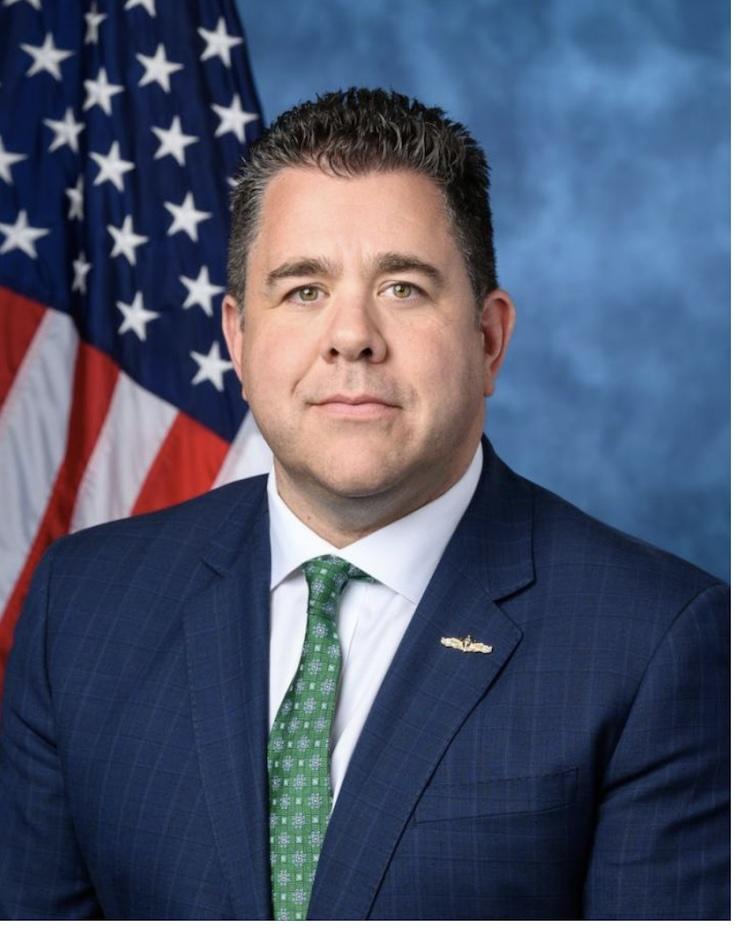President Ferdinand Marcos Jr., Republic of the Philippines Department of Foreign Affairs
The United States remains one of the Philippines’ top trading partners, but the $4.9 billion trade deficit recorded in 2024 has added pressure on the relationship. Filipino officials have warned that the higher duties may adversely affect export industries reliant on U.S. markets.
A More Assertive Security Posture
The visit is also expected to reaffirm the Philippines’ growing alignment with Washington amid persistent tensions in the South China Sea. Over the past year, Philippine ships have faced increasing pressure from Chinese vessels in disputed waters, prompting Manila to deepen defense cooperation with the United States.
U.S. officials have reiterated their “ironclad” commitment to the 1951 Mutual Defense Treaty, a pact that obligates both sides to respond to armed attacks in the Pacific. Defense Secretary Pete Hegseth has said the alliance remains central to American strategy in the Indo-Pacific.
Diplomacy and the ASEAN Code
With the Philippines set to chair the Association of Southeast Asian Nations (ASEAN) in 2026, Marcos is also expected to seek U.S. support for a legally binding Code of Conduct between ASEAN and China to manage disputes in the South China Sea. Negotiations on the code have stalled, and Philippine officials have expressed frustration over delays.
Lazaro has pushed for the agreement to be completed before the country assumes the ASEAN chairmanship, calling for a “firm and enforceable framework” to avoid escalation and assert maritime rights.
While the United States is not party to the negotiations, officials are expected to publicly back Manila’s efforts to strengthen regional security norms and uphold international law.
Trilateral Momentum, Lingering Uncertainty
The summit will also build on an emerging trilateral partnership among the United States, Japan, and the Philippines. In April 2024, leaders from the three countries launched a new strategic dialogue focused on maritime surveillance, cyber infrastructure, and military coordination. Japan is expected to participate as an observer in upcoming U.S.–Philippine joint exercises.
An Evolving Alliance
For Marcos, the Washington visit represents an opportunity to secure short-term economic relief while shaping a long-term foreign policy trajectory that leans more clearly toward the United States.
Whether the trip results in tariff concessions, new military support, or deeper diplomatic alignment, the outcomes are likely to define Manila’s posture in a region increasingly shaped by great-power competition.
As the Philippines prepares to take the helm of ASEAN, it does so as both a trade partner in distress and a security ally whose strategic importance is rising—fast.








